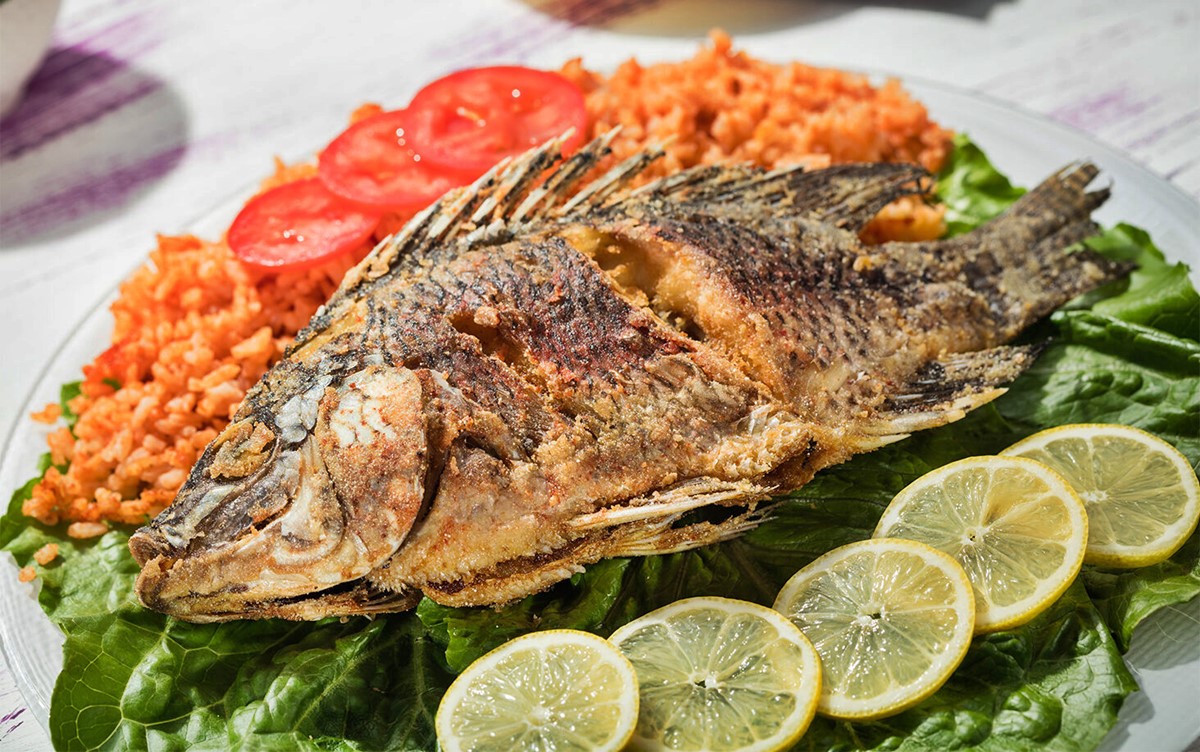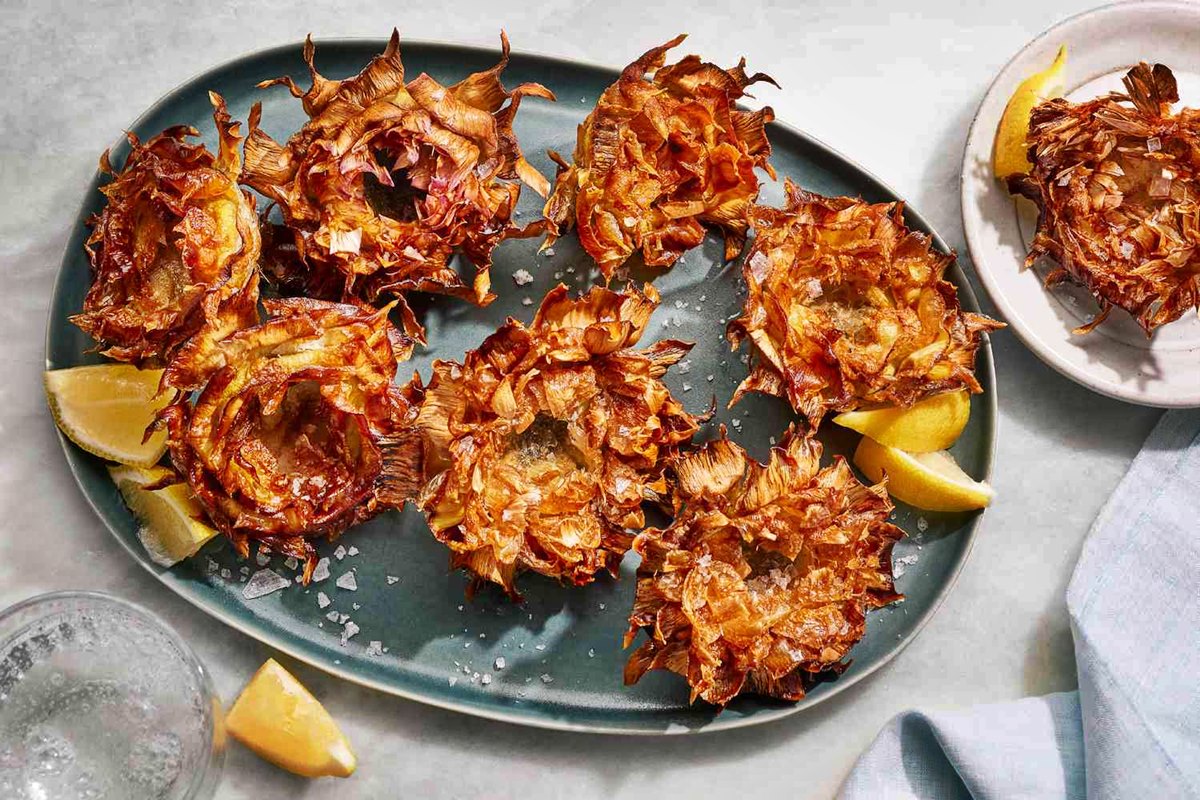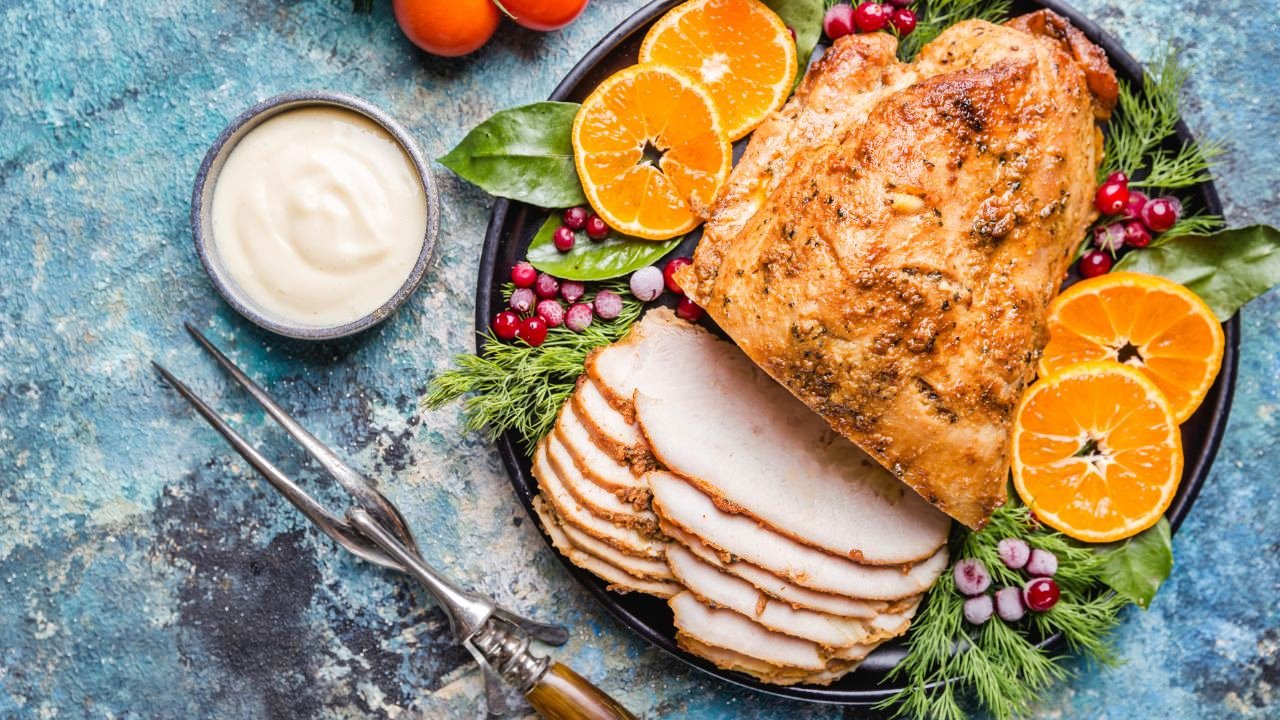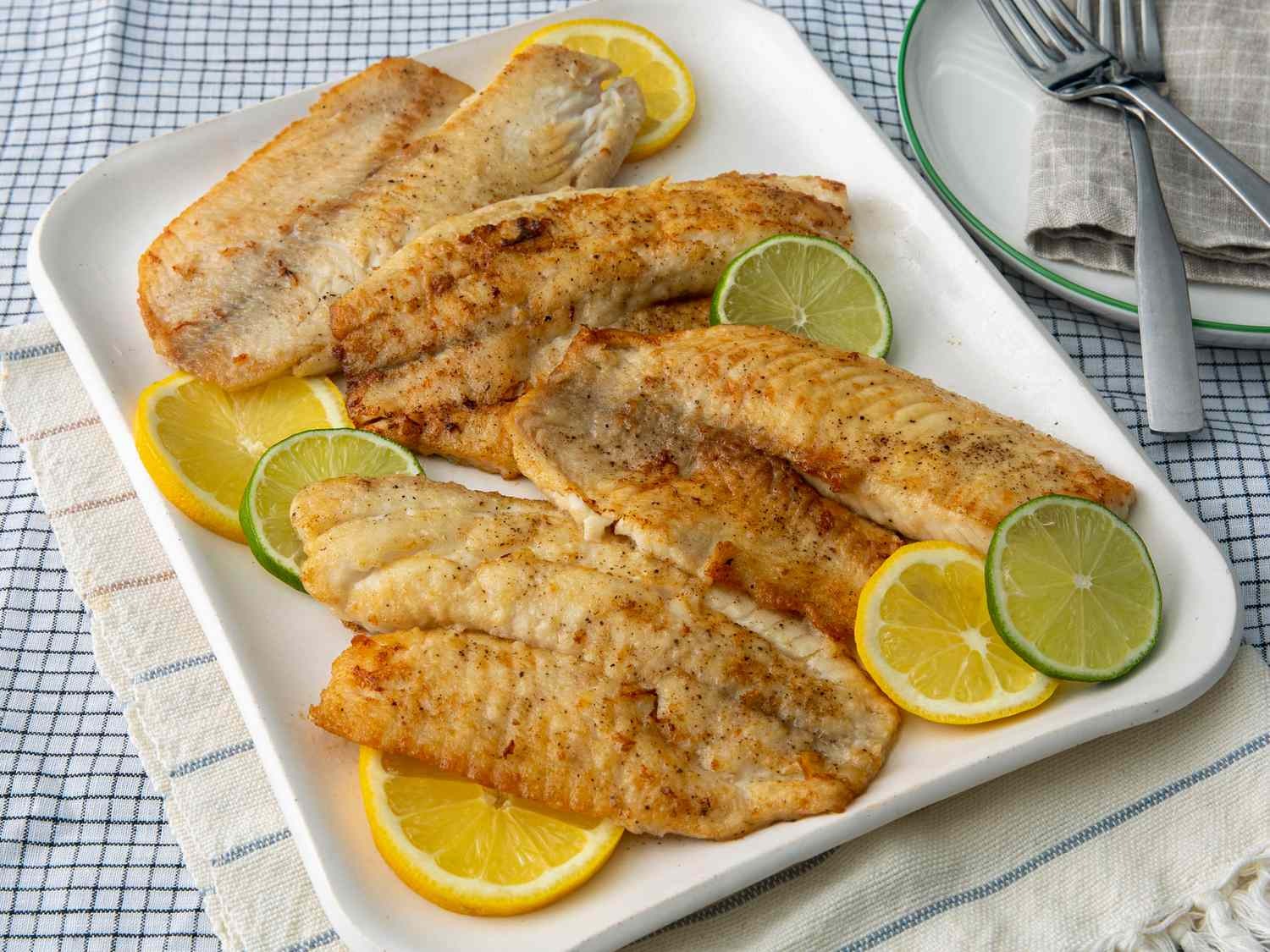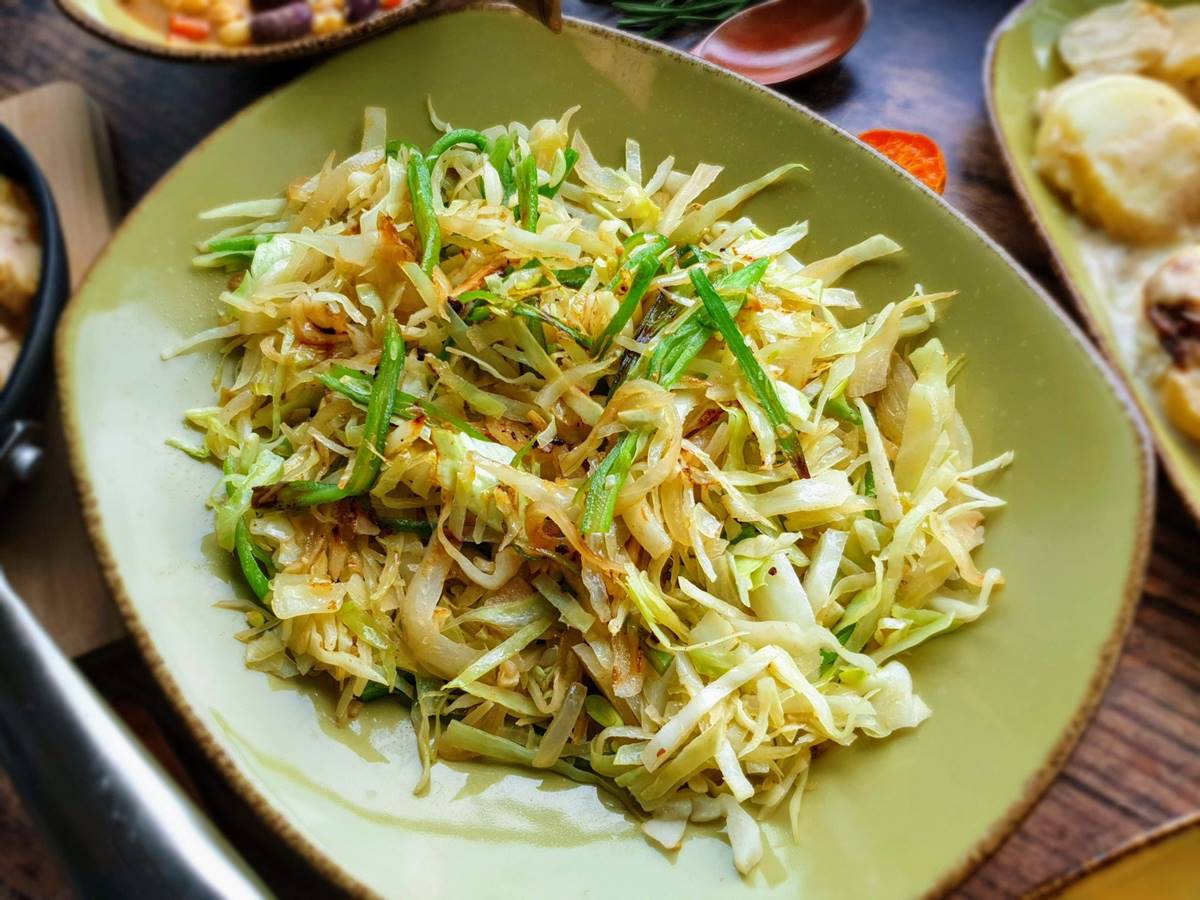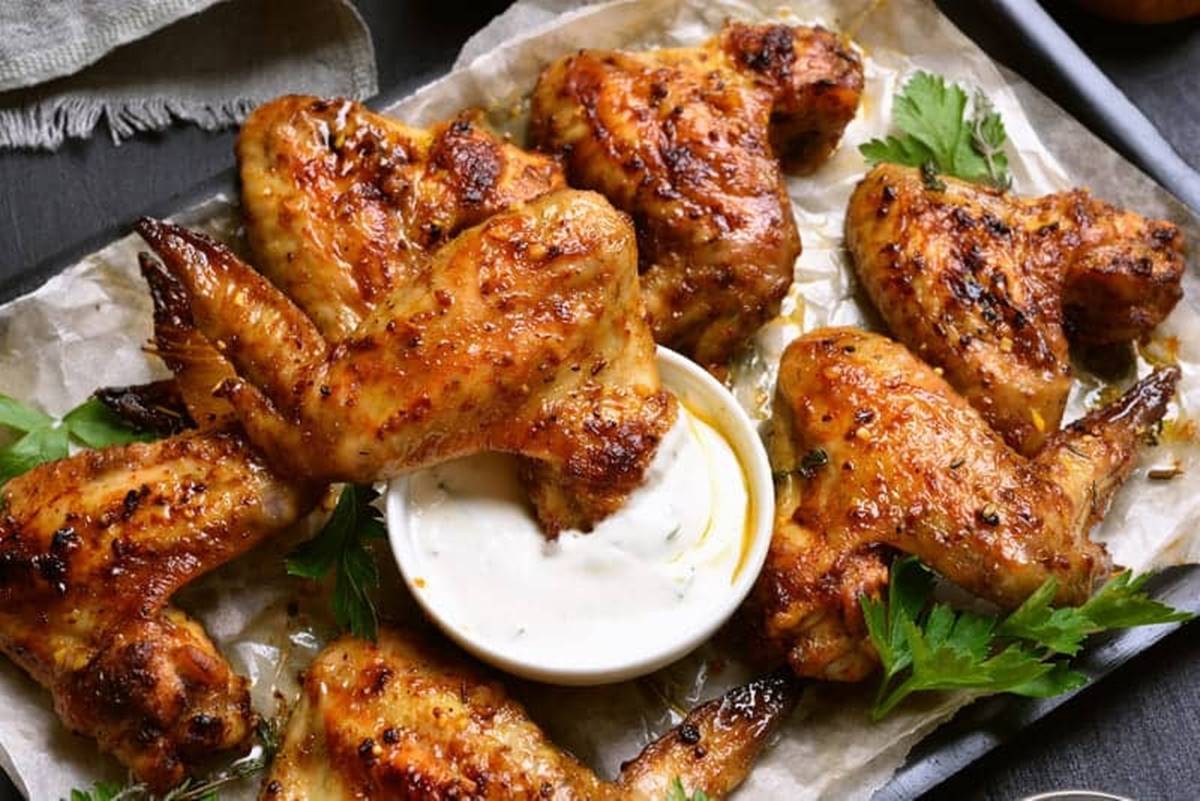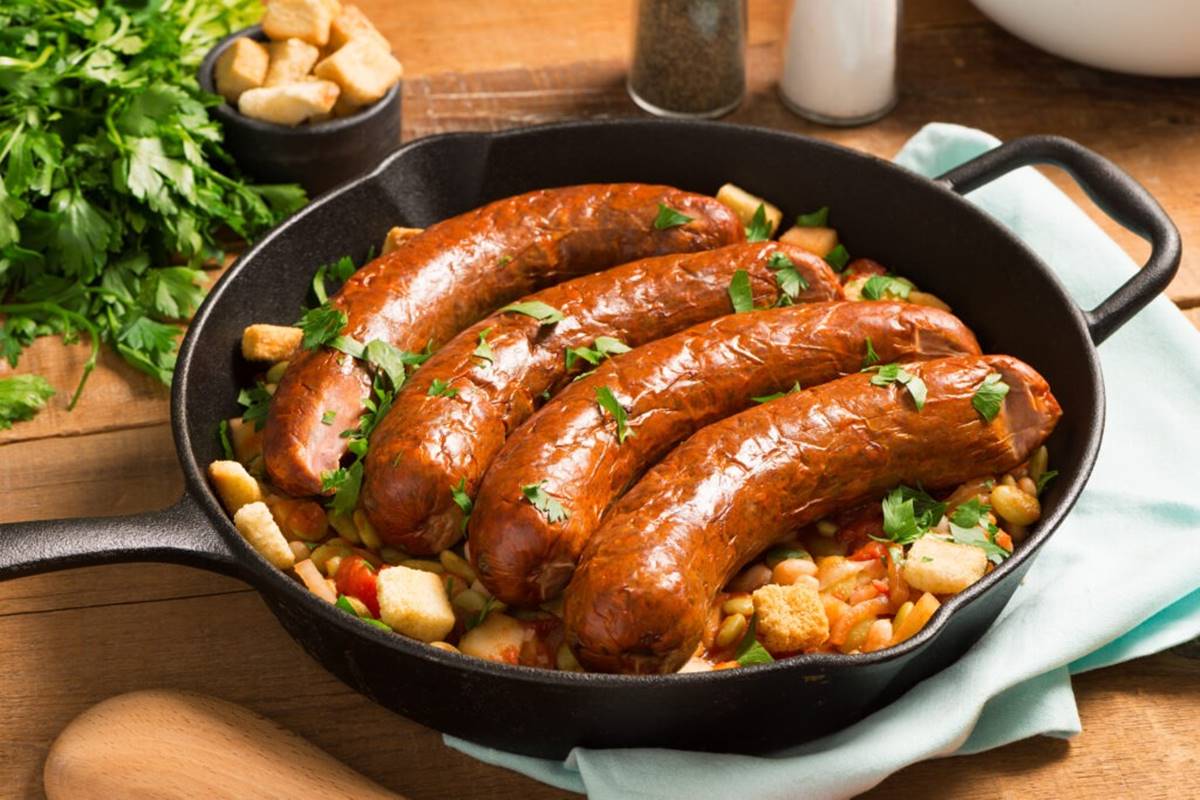Frying fresh French fries is an art that transforms simple potatoes into crispy, golden delights. Perfecting this dish requires understanding the right techniques, from choosing the best potatoes to mastering the double-fry method for that coveted crunch. Whether you're a seasoned cook or stepping into the kitchen for the first time, this guide will walk you through each step, ensuring your fries are not just good, but great. With a few tips and tricks up your sleeve, you'll be ready to serve up a batch of fries that could rival any restaurant's. Let's get started on this culinary adventure together.
Essential Ingredients for Crispy French Fries
- Potatoes (preferably Russet or Maris Piper), 4 large
- Vegetable oil or peanut oil, for frying
- Salt, to taste
- Pepper (optional), to taste
- Garlic powder (optional), for seasoning
- Paprika (optional), for seasoning
Must-Have Tools for Perfect French Fries
- Large, heavy-bottomed pot
- Candy or deep-fry thermometer
- Spider strainer or slotted spoon
- Paper towels or a clean kitchen towel
- Cutting board
- Sharp knife
- Large bowl
- Kitchen scale (optional for precise measurements)
- Timer
- Plate or tray for serving
For crispy fresh French fries, slice potatoes evenly, soak in cold water to remove excess starch, then fry twice: once at 325°F for softness, and again at 375°F for crispiness.
The Secret Behind Making Perfect French Fries
Frying fresh French fries is a culinary art that transforms simple potatoes into crispy, golden delights. This method involves slicing potatoes and submerging them in hot oil, where they undergo a magical transformation. The process not only enhances their flavor but also gives them a satisfying crunch, making them irresistible.
Understanding the science behind frying helps in achieving perfect results. Moisture in the potatoes turns to steam, pushing outwards, which creates that sought-after crispy exterior while keeping the inside soft and fluffy. Mastering this technique ensures that each bite is a perfect blend of textures and flavors.
Your Ultimate Guide to Frying French Fries
-
Select potatoes: Choose high-starch potatoes like Russets for the best results. Their low moisture and high starch content make them ideal for frying.
-
Wash and peel: Rinse potatoes under cold water to remove any dirt. Peel them if you prefer fries without skins; otherwise, leave the skins on for extra texture.
-
Cut into strips: Slice potatoes into even strips to ensure uniform cooking. Aim for about 1/4 to 1/2 inch thickness.
-
Soak in water: Place cut fries in a bowl of cold water. Soak for at least 30 minutes or up to 24 hours. This step removes excess starch, resulting in crispier fries.
-
Dry thoroughly: After soaking, drain water and dry fries completely with a clean kitchen towel or paper towels. Moisture is the enemy of crispiness.
-
Heat oil: Pour enough oil into a deep fryer or large, heavy pot to submerge the fries. Heat oil to 300°F (150°C). Use a thermometer to check the temperature.
-
Blanch fries: Fry the potato strips in batches at 300°F (150°C) for about 4-5 minutes per batch. They should be soft but not browned. Remove with a slotted spoon and drain on paper towels.
-
Increase oil temperature: Raise the oil temperature to 400°F (205°C) for the second frying.
-
Fry until golden: Return fries to the hot oil in batches. Fry until they are golden brown and crispy, about 5 minutes. Avoid overcrowding the pot to maintain oil temperature.
-
Season: Immediately season fries with salt after removing them from the oil. Salt sticks better to hot fries and enhances their flavor.
-
Serve hot: Enjoy your fresh French fries while they're hot and crispy for the best taste and texture.
Mastering the Art of Perfect Fries
Frying fresh French fries isn't just cooking; it's an art form that transforms simple potatoes into golden, crispy delights. With the right techniques, such as choosing the best potatoes, cutting them uniformly, soaking to remove excess starch, and mastering the double-fry method, you can achieve that sought-after crunch and soft interior. Remember, temperature control is crucial; keep your oil hot but not smoking, and don't overcrowd the pan to ensure each fry cooks evenly. Season while they're hot to make those flavors stick. Now, armed with these tips, you're ready to serve up fries that could rival any restaurant's. So, grab your potatoes and let the frying begin. Here's to making the perfect batch of fresh French fries, a simple pleasure that brings joy to any table.
For those looking to perfect their fry-making skills, there are several recipes that stand out in relation to the guide on frying fresh French fries. The Classic French Fries Recipe is an excellent starting point, offering a straightforward approach to achieving crispy, golden fries. For a cheesy twist, the Loaded Cheese Fries Recipe is a must-try, combining gooey cheese with crispy fries for a decadent treat. If you're in the mood for something gourmet, the Truffle Fries Recipe adds a touch of elegance with truffle oil and parmesan. For a unique variation, the Sweet Potato Fries Recipe provides a slightly healthier option while still delivering on flavor. And for a spicy kick, the Cajun Spice Fries Recipe offers a delightful blend of spices that will tantalize your taste buds. Each of these recipes uses the basic skills outlined in the guide, making them perfect for experimentation and mastery in the kitchen.
All Your Questions About French Fries Answered
What's the best potato for fresh French fries?
Hands down, Russet potatoes take the crown. Their high starch content means they fry up crispier than a clear autumn morning. Plus, they've got that fluffy interior we all crave in a good fry.
How do I cut potatoes for French fries?
Grab a sharp knife and aim for slices about ¼ to ½ inch thick. Consistency is key here; uniform slices mean even cooking. No one wants a mix of burnt bits and undercooked spuds.
What type of oil should I use for frying?
Peanut oil is your best bet. It's got a high smoke point, making it perfect for frying at high temperatures without turning your kitchen into a smoky mess. Plus, it imparts a lovely, subtle flavor.
How hot should the oil be for frying?
You're aiming for around 325°F for the first fry and 375°F for the second. Yes, you heard right. Double frying is the secret trick for achieving that coveted crunch.
Why double fry French fries?
First dip in the oil cooks them through, ensuring they're soft inside. The second dive gives them that irresistible golden exterior. Trust me, it's worth the extra effort.
Can I fry French fries ahead of time?
Absolutely. Fry them once at 325°F, let them cool, then give them their final crisp-up at 375°F right before serving. They'll be as fresh as if you'd done it all in one go.
How do I keep my French fries crispy after frying?
Don't let those fries drown in oil post-fry. Lay them out on a wire rack over a baking sheet. Air circulation is your friend here, keeping everything crispy until it's time to eat.
Any tips for seasoning French fries?
Salt is your best friend, but timing is everything. Sprinkle it on while they're hot out of the fryer so it sticks like glue. Feeling adventurous? Toss in some garlic powder or smoked paprika for an extra flavor kick.
Was this page helpful?
Read Next: How To Fry An Egg For Ramen
